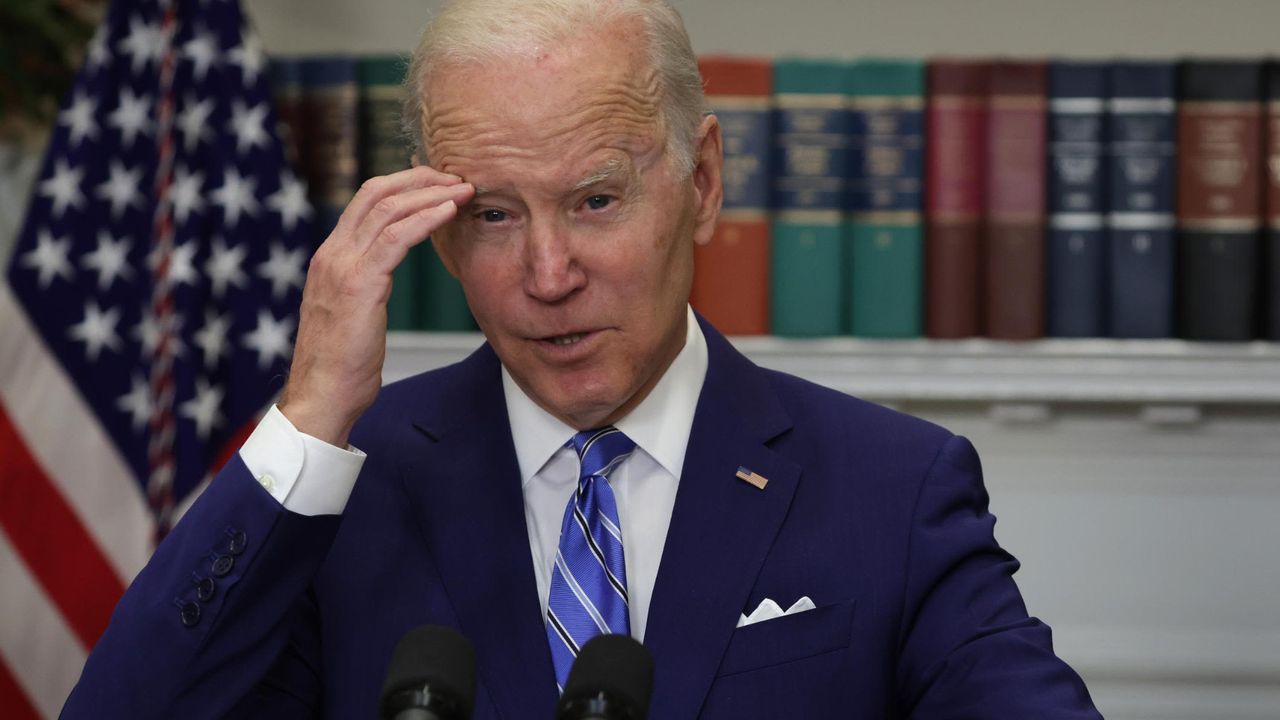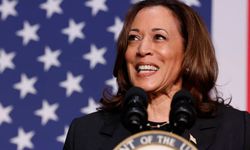While time is running out for the enactment of the new budget that will finance the federal government in the US, the failure to reach an agreement in the US Congress increases the risk of a government shutdown.
While there is very little time left for the new fiscal year that will start on October 1, Congress has not yet reached a consensus on the budget bill that will finance the federal government.
In the country, where the government has "shut down" 21 times in the last 47 years due to lack of budget, Congress has until midnight on September 30, US local time, to reach an agreement on a new budget bill that will fund the federal government and prevent a new shutdown.
The US Congress is divided between the Democrat-controlled Senate and the Republican-controlled House of Representatives, and Republican far-right conservatives want to use the government shutdown as leverage for spending cuts in the budget.
While Republicans are at odds over spending plans, far-right conservatives within the party want spending cuts as well as a halt to further funding for the war in Ukraine.
They have rejected attempts at compromise led by US House Speaker Kevin McCarthy, threatening to oust McCarthy if moderate Republicans reach an agreement with Democrats to pass a stopgap budget.
For any budget to become law, it must be approved by the House, passed by the Democrat-controlled Senate and then signed by US President Joe Biden.
A government "shutdown" would mean most operations would cease
According to US law, if Congress fails to approve a permanent budget for the fiscal year that begins on October 1 and ends on September 30, temporary budgets are needed to bridge the gap. When the temporary budget fails to be approved, federal agencies lose their spending authority and temporarily cease operations. This means that if no legislation is passed to fund the government before the start of the fiscal year, most of the federal government's operations will cease.
While this situation does not constitute a full-blown economic crisis, it risks disrupting many parts of life in the US that interact with the federal government.
In this process, non-essential public employees are on furlough, while public employees such as the US military, intelligence agencies such as the Central Intelligence Agency (CIA), Federal Bureau of Investigation (FBI) and National Security Agency (NSA), doctors and nurses working in public hospitals, security guards at airports and prisons continue to work.
These "essential" employees usually do not receive their salaries during shutdowns until Congress passes a new budget.
The last government shutdown was during the Trump era
Each federal agency follows its own shutdown plan, following guidelines issued in previous shutdowns, coordinated by the Office of Management and Budget (OMB). The plans determine which government activities cannot continue until appropriations are restored.
While the occasional "shutdown" of the federal government in the country due to budget crises seems strange to those living in other countries because there are no other examples in the world, it is on record that the American people have experienced this situation, which has caused billions of dollars of damage to the country's economy, 21 times at certain intervals since 1976, when the current legal regulation on the budget was implemented.
The first of the shutdowns, which occurred due to the failure of Republicans and Democrats to agree, took place during the 38th President of the United States, Gerald Ford's term and lasted 11 days. The federal government also shut down five times during the term of the 39th US President Jimmy Carter, to whom Ford handed over the office in 1977.
Ronald Reagan, the 40th President of the United States, who shut down the federal government 8 times during his 8-year presidency, was the president who experienced the most shutdowns. Former presidents George Bush and Barack Obama experienced a government shutdown once each, and Bill Clinton experienced a government shutdown twice.
Under former US President Donald Trump, the government shut down 3 times and the last shutdown, which started in December 2018 and ended in January 2019, lasted 35 days, making it the longest shutdown in US history.
Government shutdown threatens the economy
If no agreement is reached in the US Congress this week, the government is expected to shut down for the first time since 2019.
In the event of a government shutdown, it is stated that hundreds of thousands of federal employees will have to be put on unpaid leave and a wide range of services, from the release of economic data to social assistance, may be disrupted.
The Biden government is about to be locked down once again!
It is expected that the budget will not be approved once again in the congress, which is majority Republican in the US. In this case, the government will be locked down.
Trending news

Snoop Dogg to carry the Olympic torch

Lily James Expresses Admiration for Hailey Bieber’s Rhode Skincare Line

Taylor Tomlinson Will Explore Her Faith and Sexuality on Tour!

'Alien mummy' in Peru raises eyebrows

Scandal in the heart of Europe: Child abuse in a church!

Kamala Harris’ Running Mate: Here’s Who Could Be Her VP After Biden Drops Out And Endorses Her









